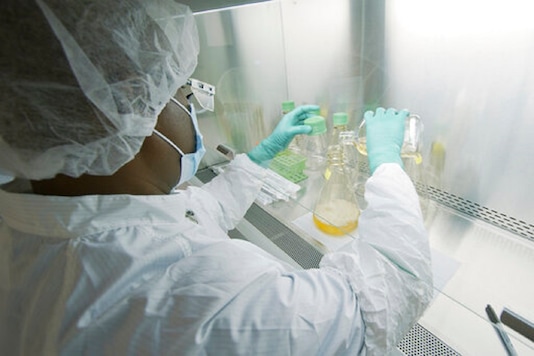Scientists from Stanford University in the United States have developed a quantum version of Archimedes' screw and have published their findings in this month’s Science Journal. The paper titled "Topological pumping of a 1D dipolar gas into strongly correlated prethermal states" describes how the quantum version of Archimedes’ screw hauls fragile collections of gas atoms to higher and higher energy states without collapsing. An Archimedes’ screw or an Egyptian screw is a machine that is used for transferring water from a low-lying water-body into irrigation ditches.
The study was prepared by a team of five scientists from Stanford University: Wil Kao and Kuan-Yu Li from the Department of Applied Physics, Kuan-Yu Lin from Department of Physics, Sarang Gopalakrishnan from Physics and Astronomy, CUNY College of Staten Island, Physics Program and Initiative for Theoretical Sciences, and Benjamin L. Lev --the lead author of the study and also an associate professor of applied physics and physics in the School of Humanities and Sciences.
The abstract of the paper mentions that the scientists created a non-thermal state in a Bosonic one-dimensional (1D) quantum gas of dysprosium by stabilizing a super-Tonks-Girardeau gas against collapse and thermalization with repulsive long-range dipolar interactions. Benjamin said that when the research was in its initial stages, his expectation for the system was that the stability of the gas would only shift a little. However, as their experiments made progress, they found a dramatic, complete stabilization of the gases which, Benjamin says, was beyond his wildest conception.
Their study found that regardless of contact interaction strength, the system is dynamically stable according to measurements of Stiffness and energy-per-particle. This discovery enabled the research team to cycle contact interactions from weakly to strongly repulsive, then strongly attractive, and finally weakly attractive. The study shows that this cycle is an energy-space topological pump which is caused by a quantum holonomy. Scientists believe that by replicating this cycle, they can find an unexplored topological pumping method that would create a hierarchy of increasingly excited prethermal states.
Quantum energy is known to be quite capricious and experiments like these led by scientists like Benjamin expand our understanding of how different parts of a quantum many-body system settle into the same temperature or thermal equilibrium. A stable quantum system can generate new powerful technologies that can revolutionize our daily lives like quantum computers. A system that can resist the thermalization like the one discovered by the scientists at Stanford University is key to creating such systems.
